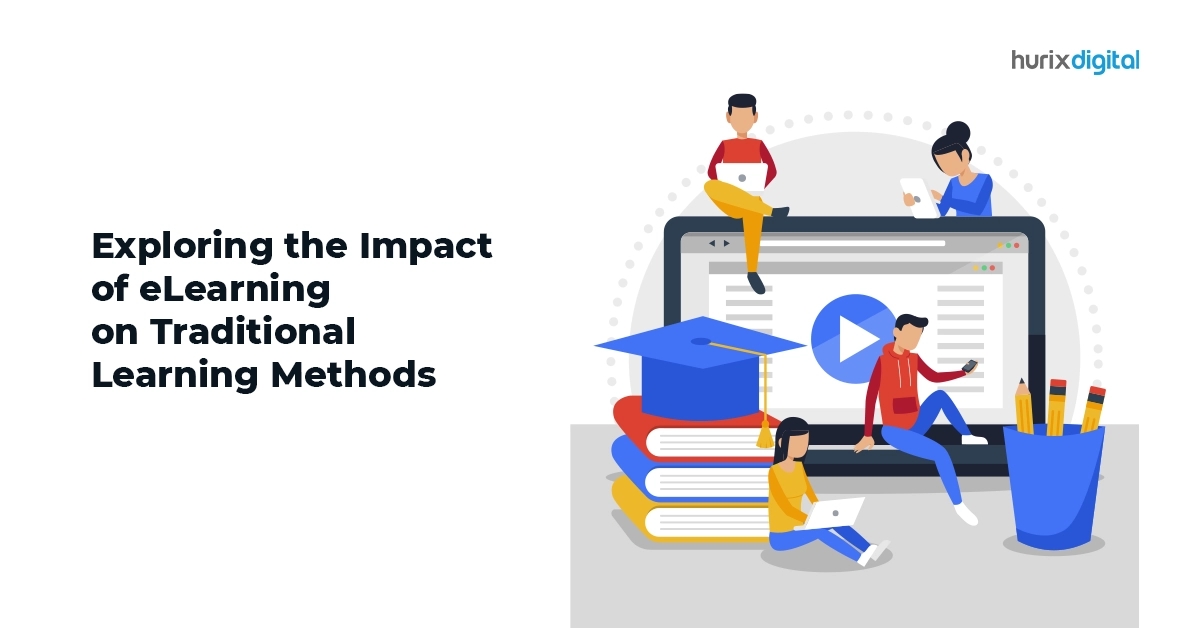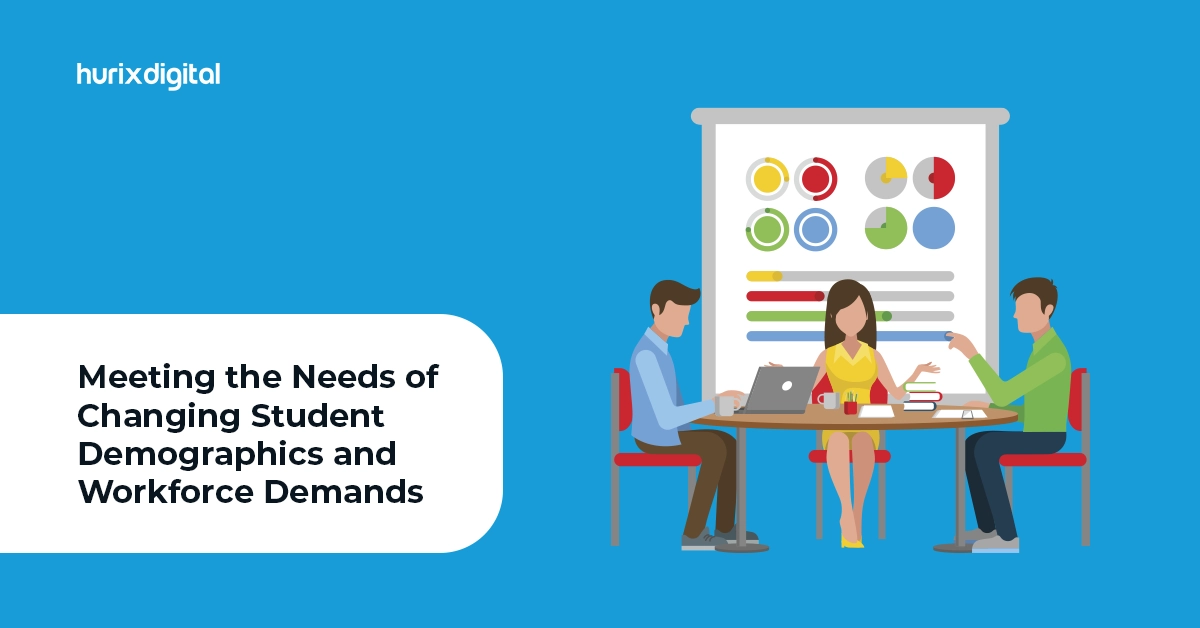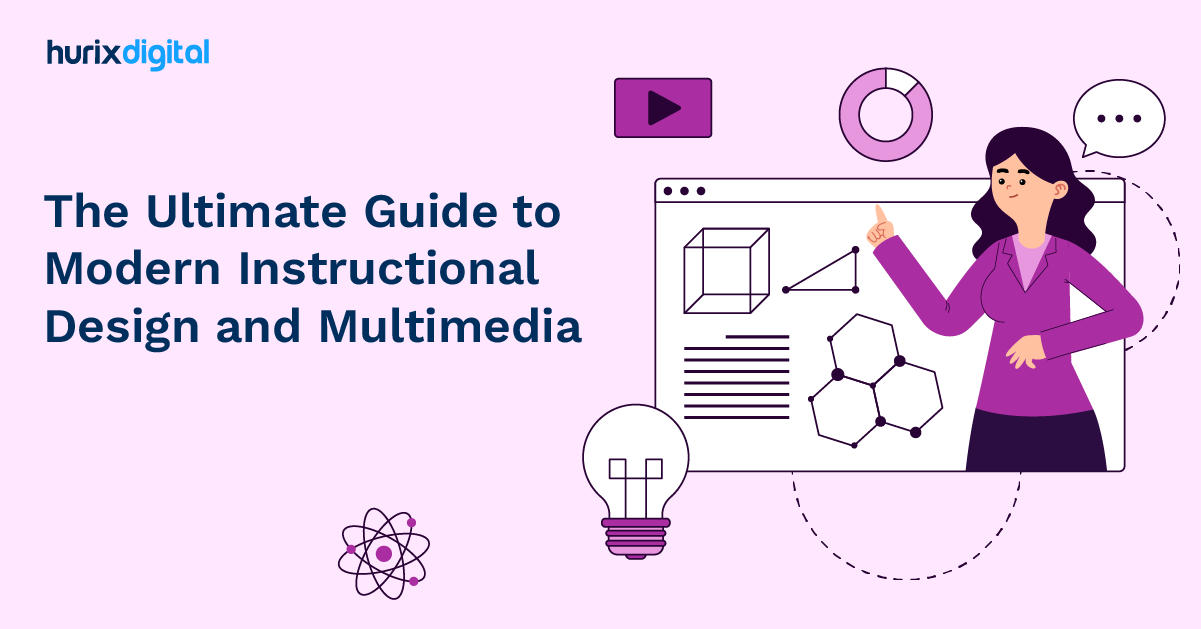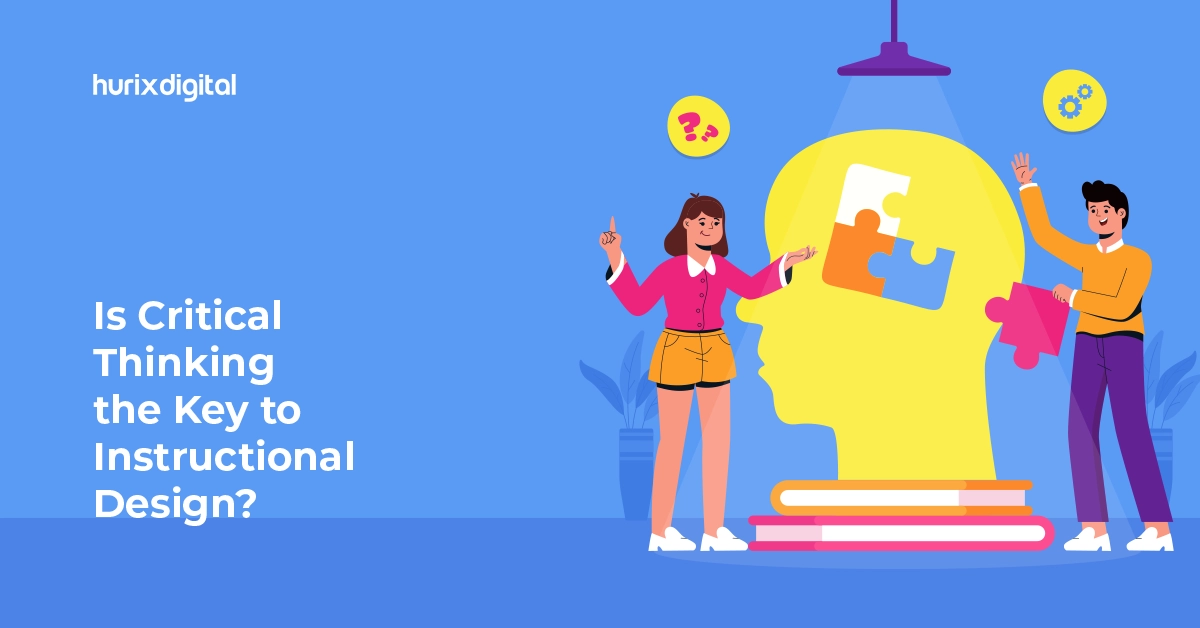
Exploring the Impact of eLearning on Traditional Learning Methods
Summary
Compare the impact of eLearning with traditional learning methods to understand how digital education can complement or enhance conventional teaching approaches.
In the rapidly evolving landscape of education, the rise of eLearning solutions has significantly altered the way knowledge is imparted and acquired. This transformation prompts us to scrutinize the impact of eLearning on traditional learning methods, from formal institutions to workforce training. Let’s delve into the intricate dynamics of this shift and its implications for learning methodology.
Table of Contents:
- eLearning Solutions: Redefining the Landscape
- Ten Key Strengths of eLearning in 2024
- Traditional Learning – Enduring Value
- Reimagining Workforce Learning
- Embrace the Future of Learning
eLearning Solutions: Redefining the Landscape
eLearning transcends geographical boundaries and rigid schedules, offering learning solutions tailored to individual needs and preferences. Learners can access interactive modules, engaging multimedia content, and collaborative forums 24/7, fostering self-directed learning and personalized knowledge journeys. This empowers workforce learning, equipping employees with the skills and knowledge necessary to stay relevant and competitive in today’s dynamic business environment.
Ten Key Strengths of eLearning in 2024
1. Flexibility and Accessibility
Anytime, Anywhere Learning: One of the key strengths of eLearning is its flexibility. Learners can access educational content at their convenience, breaking free from the constraints of time and location. This accessibility empowers a diverse range of individuals, promoting inclusivity and accommodating various schedules.
2. Personalization and Adaptability
Tailored Learning Paths: eLearning platforms excel in delivering personalized learning experiences. Through adaptive algorithms and user analytics, content can be customized to match individual learning styles, preferences, and progress. This tailored approach enhances engagement and ensures a more effective learning journey
3. Cost-Efficiency
Reduced Infrastructure Costs: Compared to traditional classroom setups, eLearning significantly reduces infrastructure expenses. There is no need for physical classrooms, printed materials, or commuting costs. This cost-effectiveness is particularly advantageous for both educational institutions and businesses investing in workforce training.
4. Scalability and Consistency
Easy Scaling: eLearning effortlessly scales to accommodate varying numbers of learners. Whether it’s a handful of students or a global workforce, the digital nature of eLearning makes it scalable without compromising the quality of content delivery. Consistency is maintained across diverse audiences, ensuring uniform learning experiences.
Also Read: Top 10 E-Learning Platforms for Effective Development
5. Interactive and Engaging Content
Multimedia Integration: eLearning leverages multimedia elements such as videos, animations, and interactive simulations to make content more engaging. This dynamic approach not only captures attention but also enhances understanding and retention, creating a more immersive learning environment.
6. Real-time Feedback and Assessment
Immediate Evaluation: eLearning platforms enable real-time feedback and assessment. Learners receive instant feedback on quizzes and assignments, allowing them to identify areas for improvement promptly. This iterative feedback loop enhances the learning process and promotes continuous improvement.
7. Learning Analytics for Insights
Data-Driven Decision Making: eLearning systems generate valuable data through learning analytics. Instructors and administrators can gain insights into learner behaviour, performance, and engagement. This data-driven approach allows for informed decision-making, enabling continuous enhancement of the educational content and delivery methods.
8. Collaborative Learning Opportunities
Global Collaboration: eLearning facilitates collaboration among learners irrespective of geographical locations. Discussion forums, group projects, and virtual classrooms foster a sense of community, encouraging the exchange of ideas and experiences. This collaborative aspect enriches the learning journey and promotes a global perspective.
9. Up-to-Date Content Delivery
Agile Content Updates: In rapidly evolving fields, eLearning ensures that content stays current and relevant. Updates can be seamlessly integrated into digital courses, ensuring that learners have access to the latest information and industry trends. This agility is crucial for workforce training in dynamic sectors.
10. Environmental Sustainability
Reduced Carbon Footprint: eLearning contributes to environmental sustainability by minimizing the need for printed materials and commuting. The digital nature of eLearning aligns with eco-friendly practices, making it an environmentally responsible choice for education.
Traditional Learning – Enduring Value
Despite the undeniable growth of eLearning, traditional learning retains its unique strengths. The face-to-face interaction in classrooms fosters collaboration, critical thinking, and social learning. Expert instructors provide immediate feedback and guidance, ensuring deeper understanding and personalized support. In enterprise learning, traditional methods facilitate team building and organizational cohesion, strengthening the corporate culture.
The future of learning lies not in a binary choice between eLearning and traditional methods but in their harmonious blend. A hybrid learning methodology leveraging the strengths of both approaches can create a truly transformative experience. Imagine interactive online modules followed by in-person discussions, virtual labs supplemented by hands-on workshops, and collaborative online projects culminating in team presentations. This blended approach caters to diverse learning styles and fosters adaptability, crucial skills in today’s ever-changing world.
Reimagining Workforce Learning
As businesses embrace digital transformation, workforce learning takes center stage. eLearning platforms act as powerful tools for on-demand skills development, compliance training, and knowledge sharing. Microlearning modules allow busy employees to upskill in bite-sized chunks, while virtual coaching and mentoring programs provide personalized support for professional growth. This empowers organizations to build agile and future-ready workforces, enhancing efficiency and driving innovation.
Embrace the Future of Learning
The educational landscape is undergoing a dynamic transformation, and eLearning stands at the forefront of this revolution. By recognizing the strengths and limitations of both eLearning and traditional methods, we can design blended learning experiences that cater to diverse needs and optimize learning outcomes. Partner with Hurix Digital and unlock the full potential of eLearning solutions, empowering your workforce and fueling organizational growth in the age of continuous learning.
Also Read: What is an eLearning Module? Know the Benefits, Challenges & Future of eLearning Modules
Hurix Digital: Your Learning Transformation Partner
Navigating the dynamic world of eLearning and blended learning can be daunting. This is where Hurix Digital steps in. With its expertise in designing and implementing cutting-edge learning solutions, we empower organizations to optimize their workforce learning and enterprise learning initiatives. From customized eLearning modules to blended learning strategies, Hurix offers a comprehensive suite of services to fuel your learning journey.

Performance, Results, Growth, and Life-Long Learning define my professional life. I am passionate about making workplace learning planful, purposeful, and impactful. I take pride in partnering with clients and bringing them the best in learning design and creating solutions that address business challenges.








